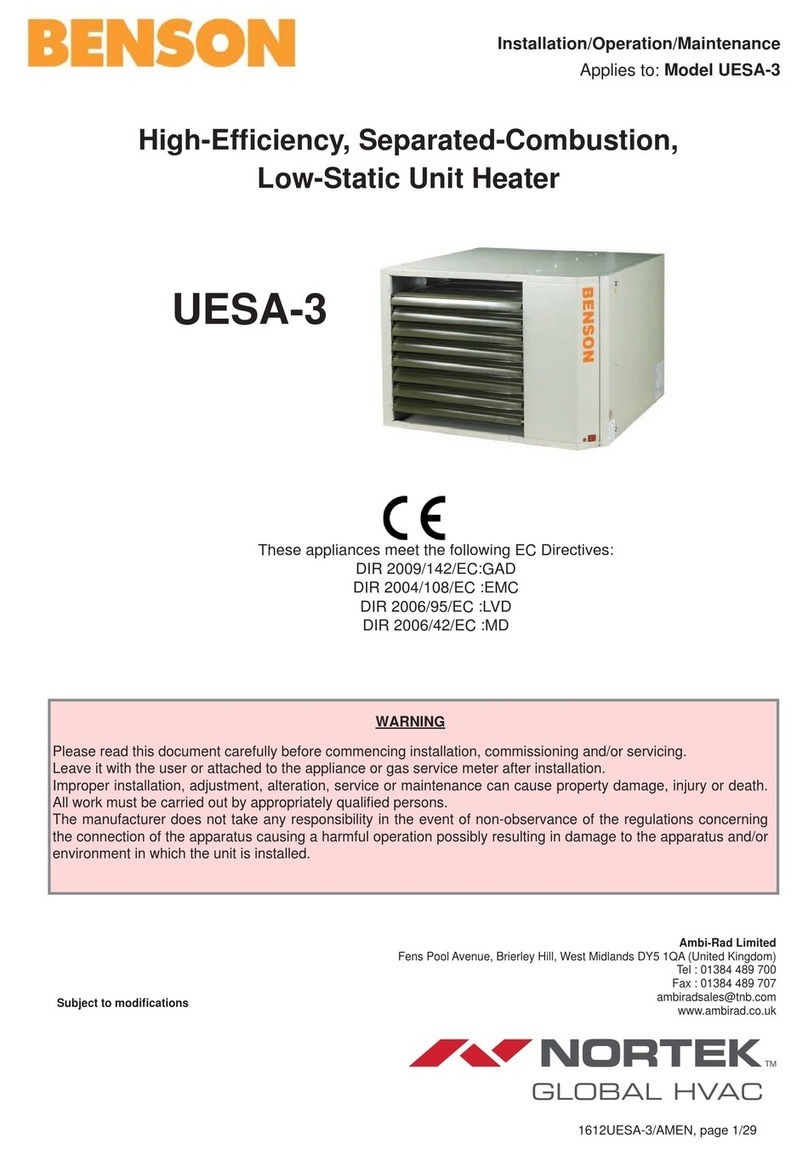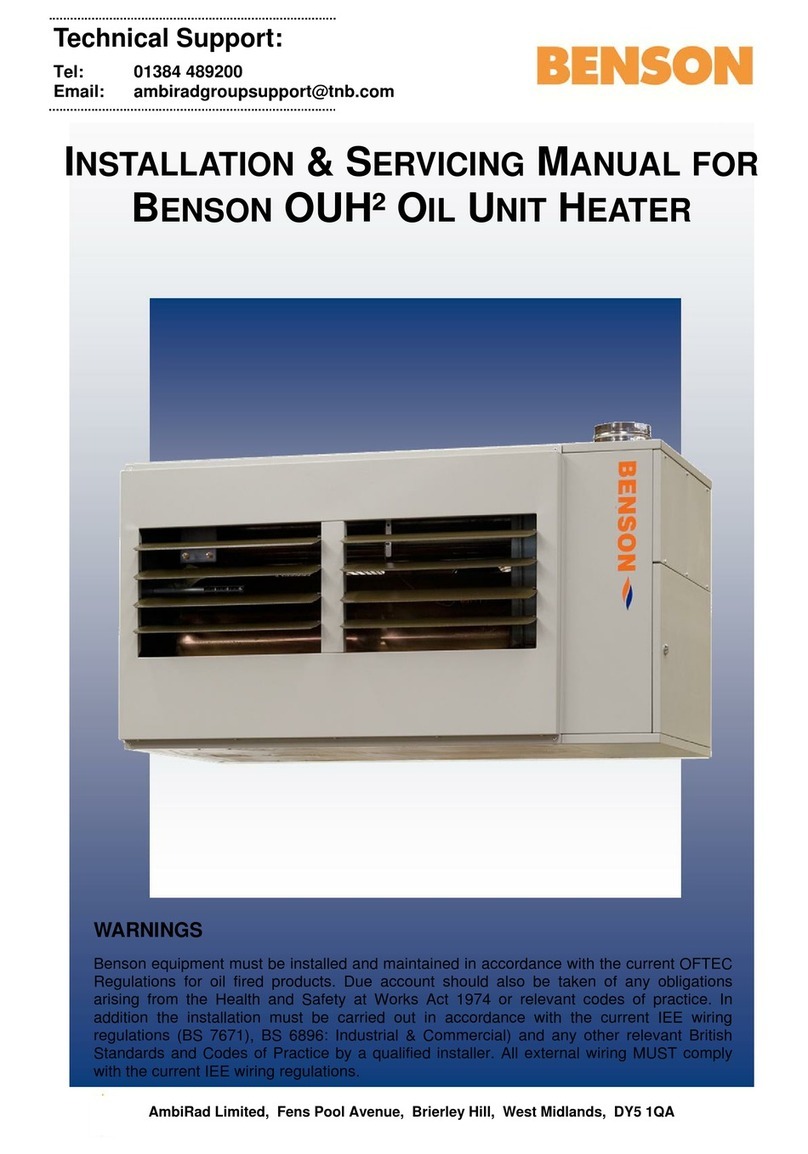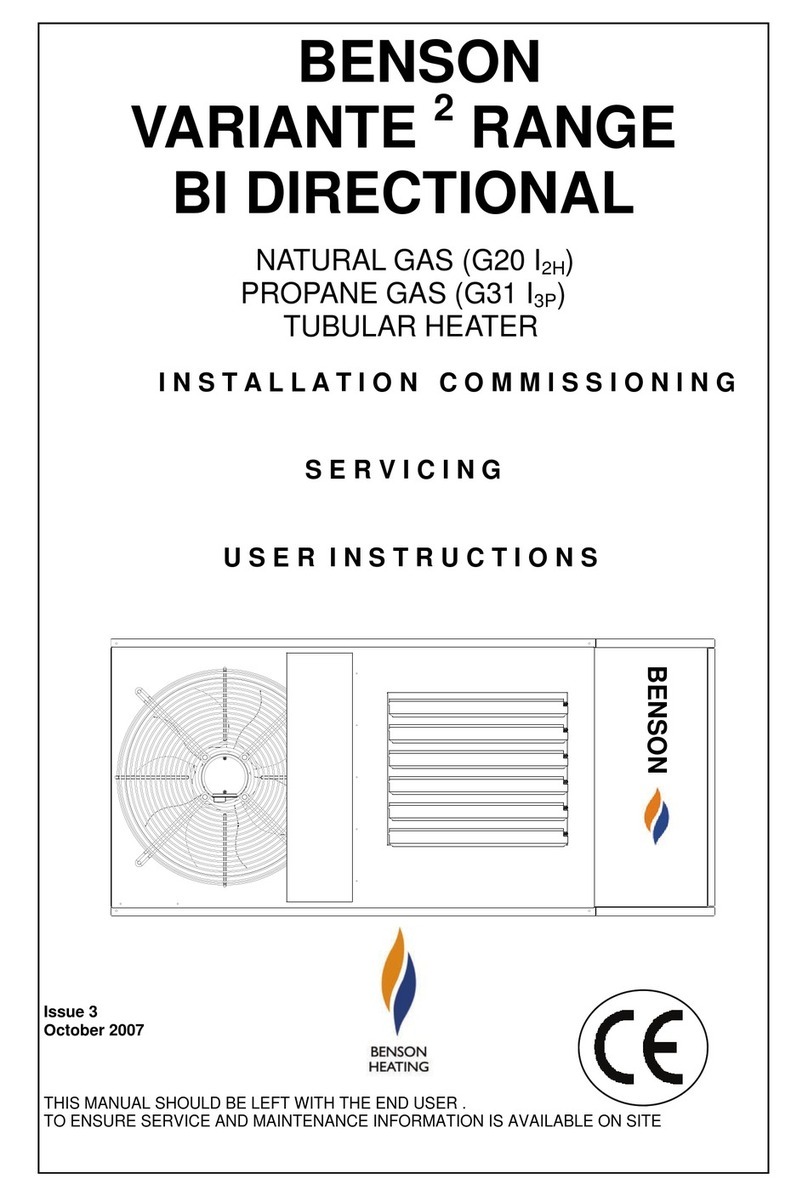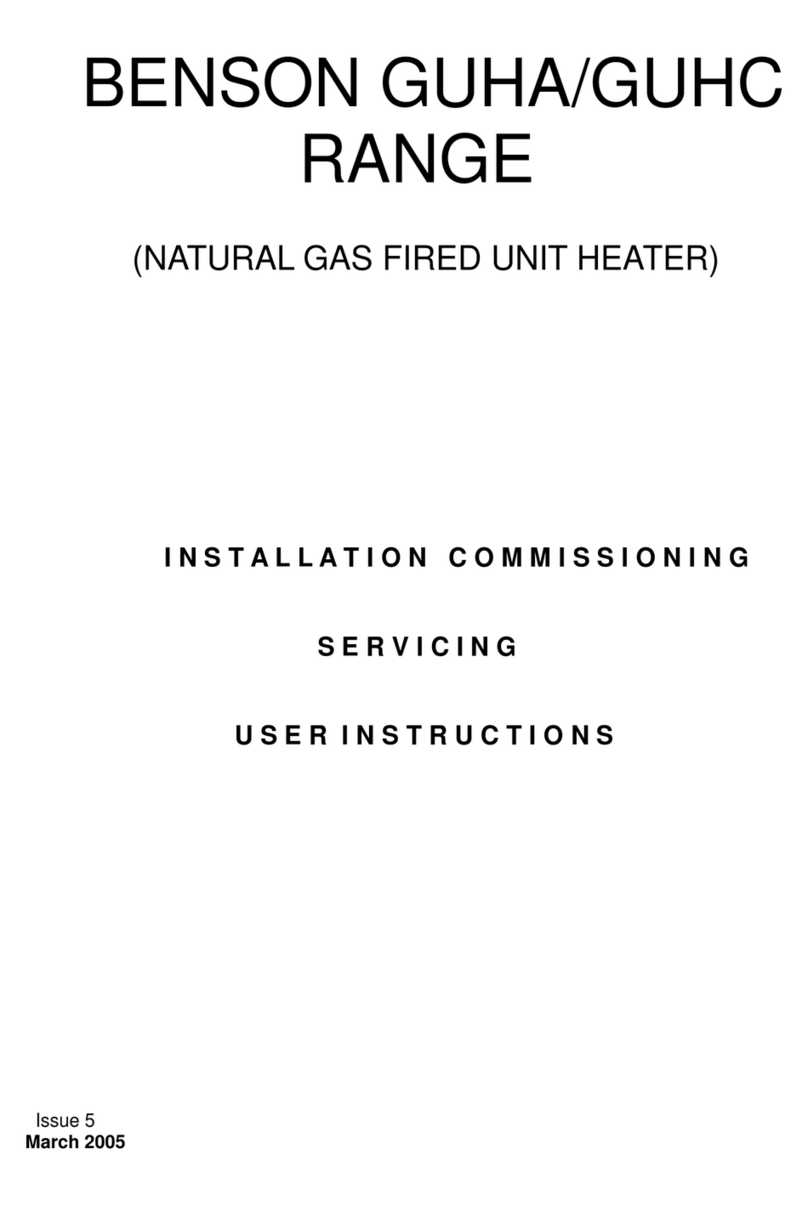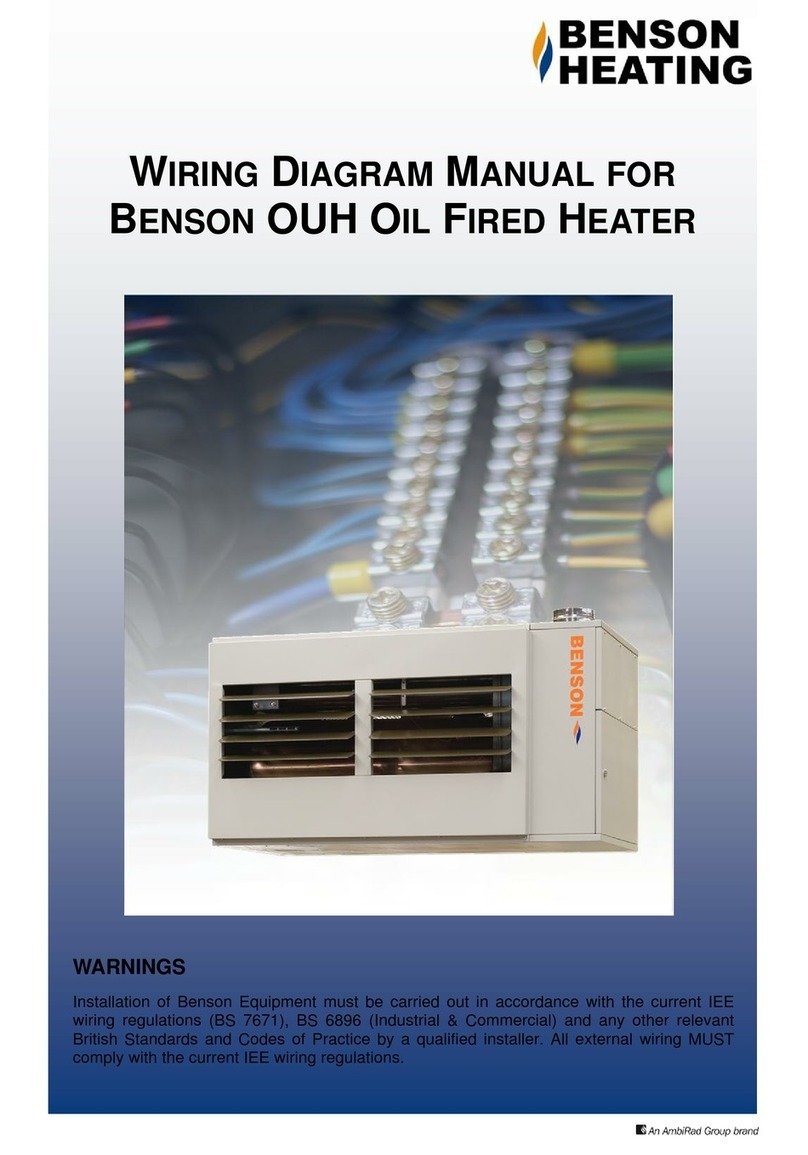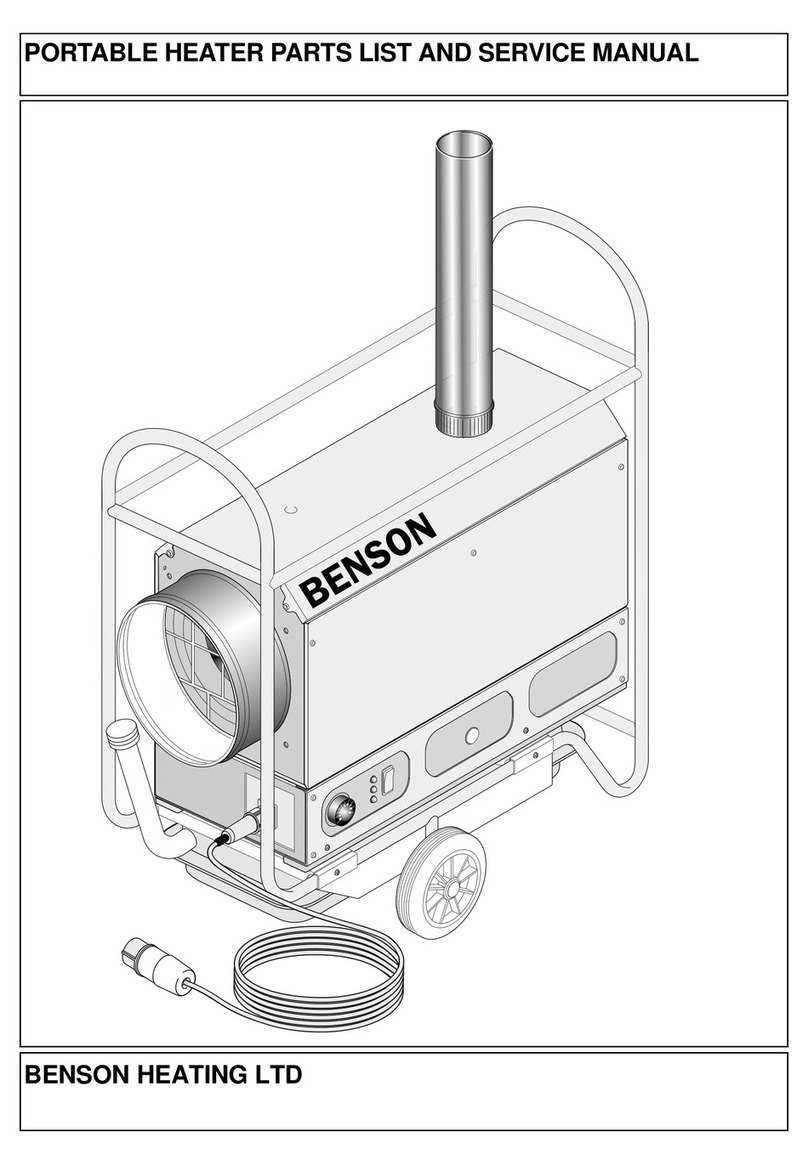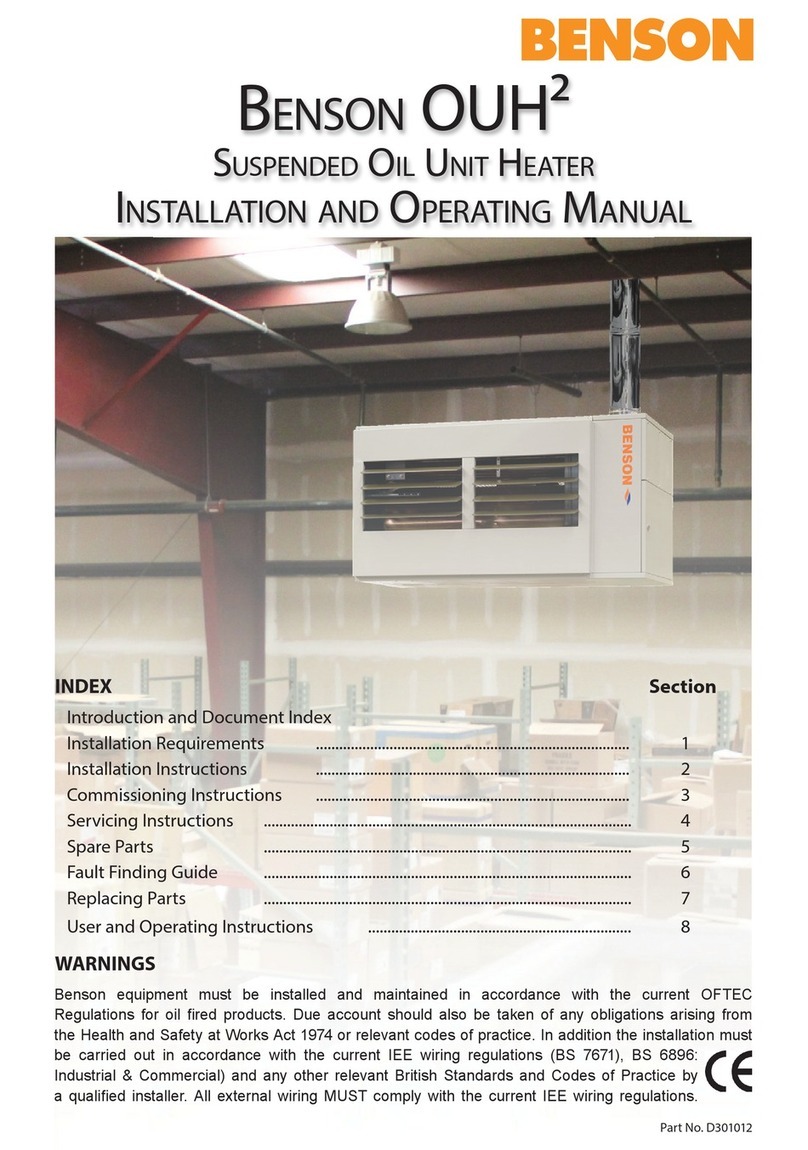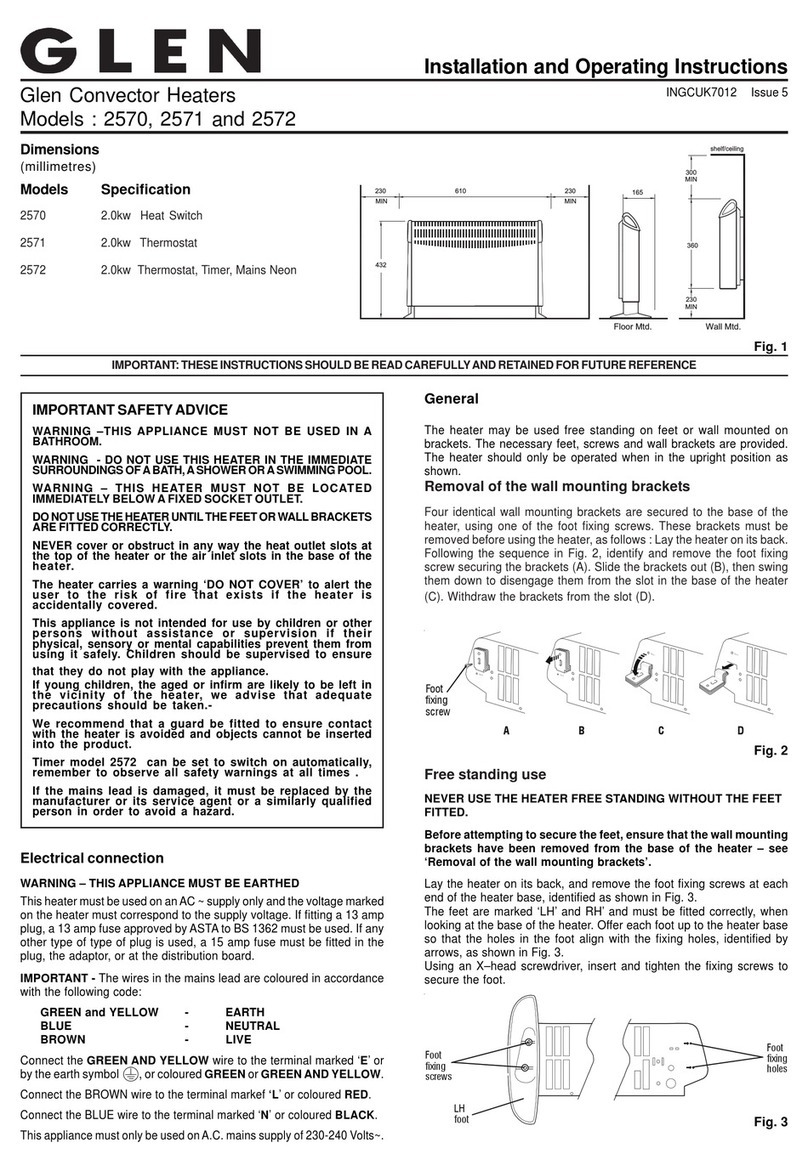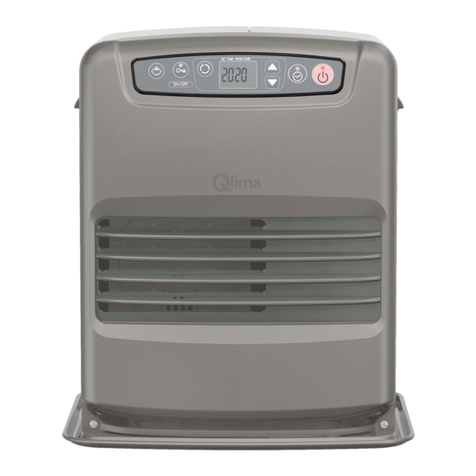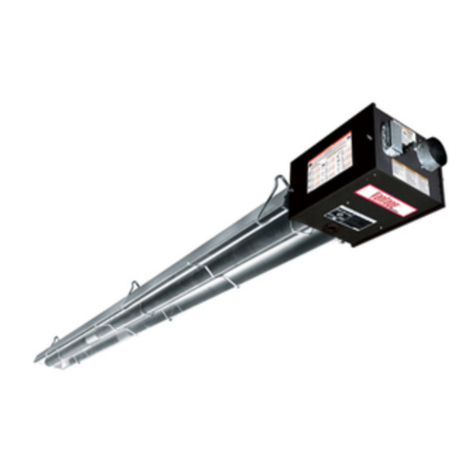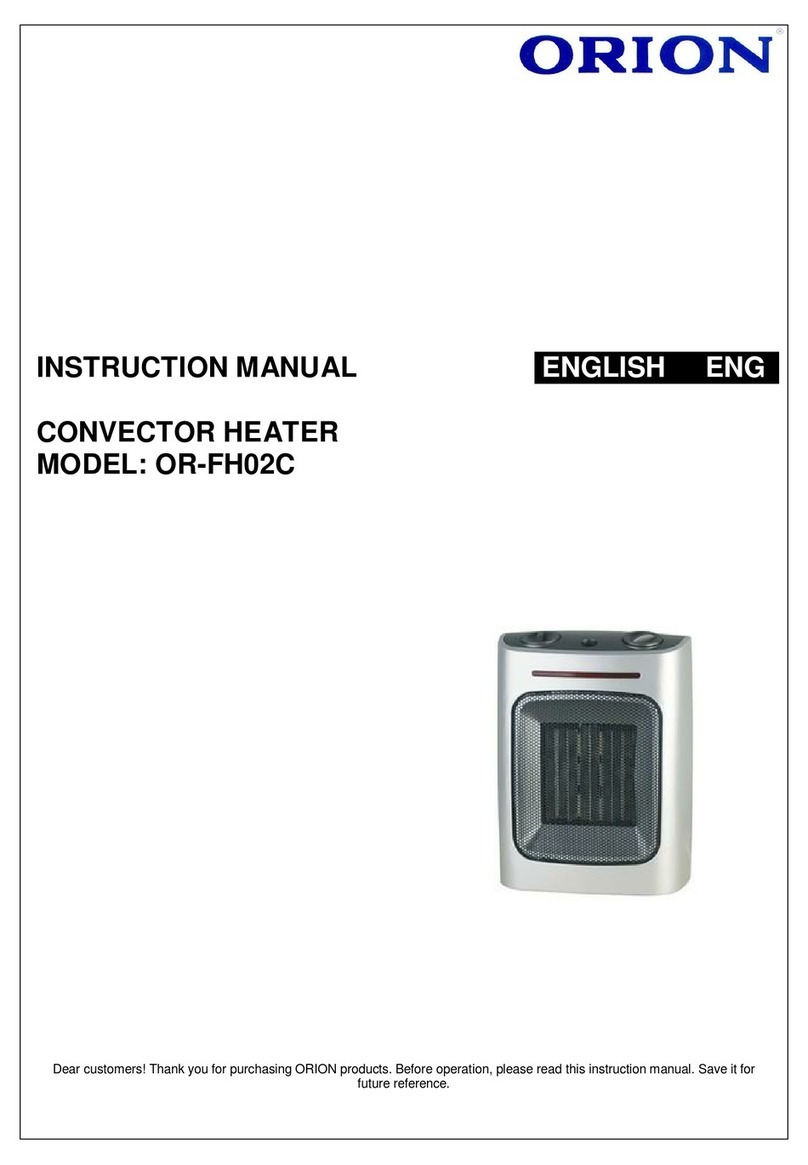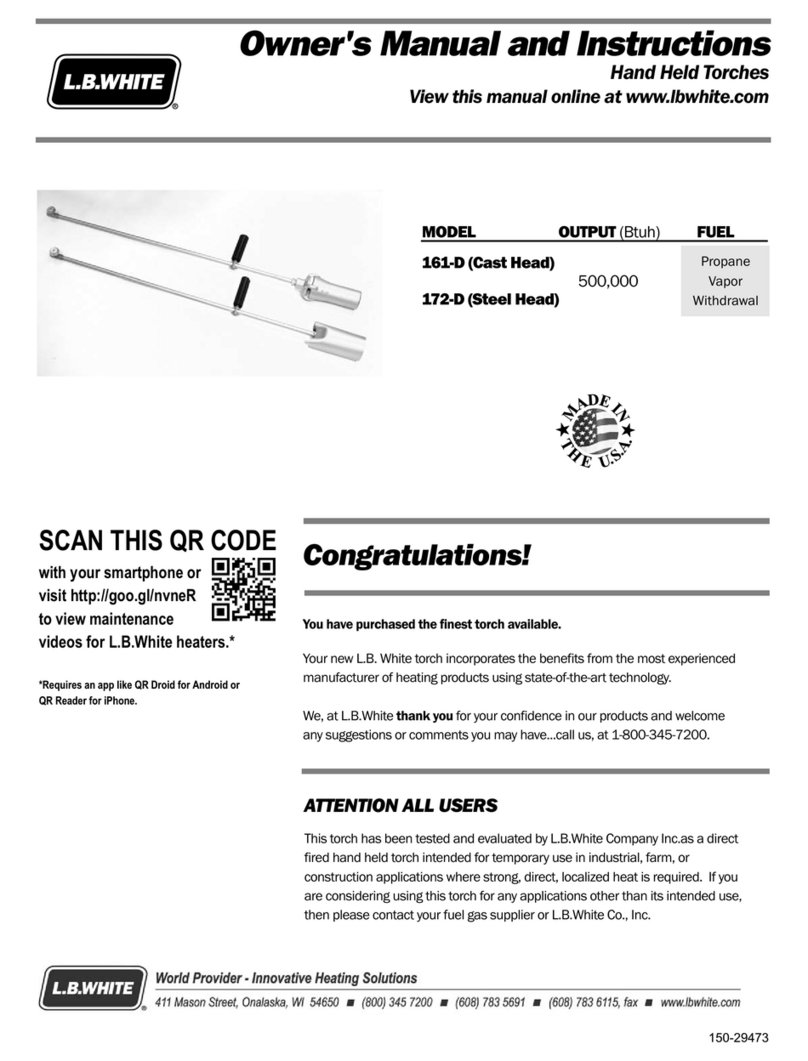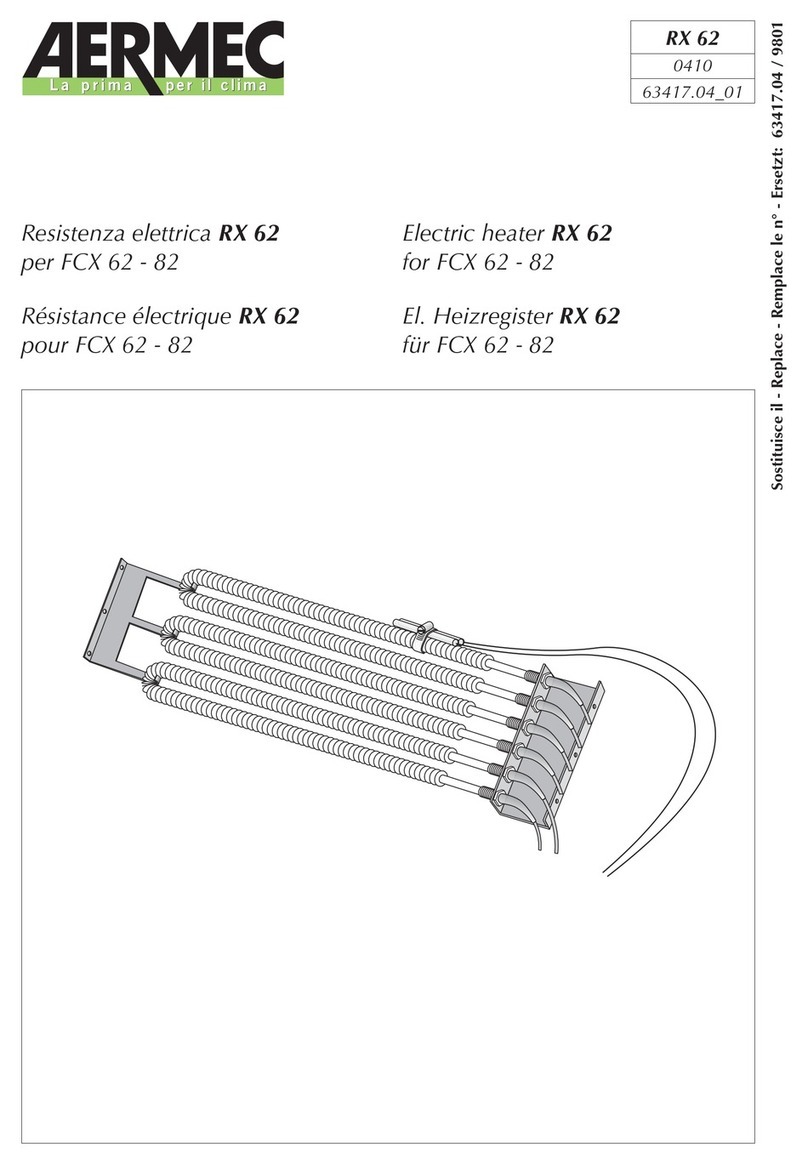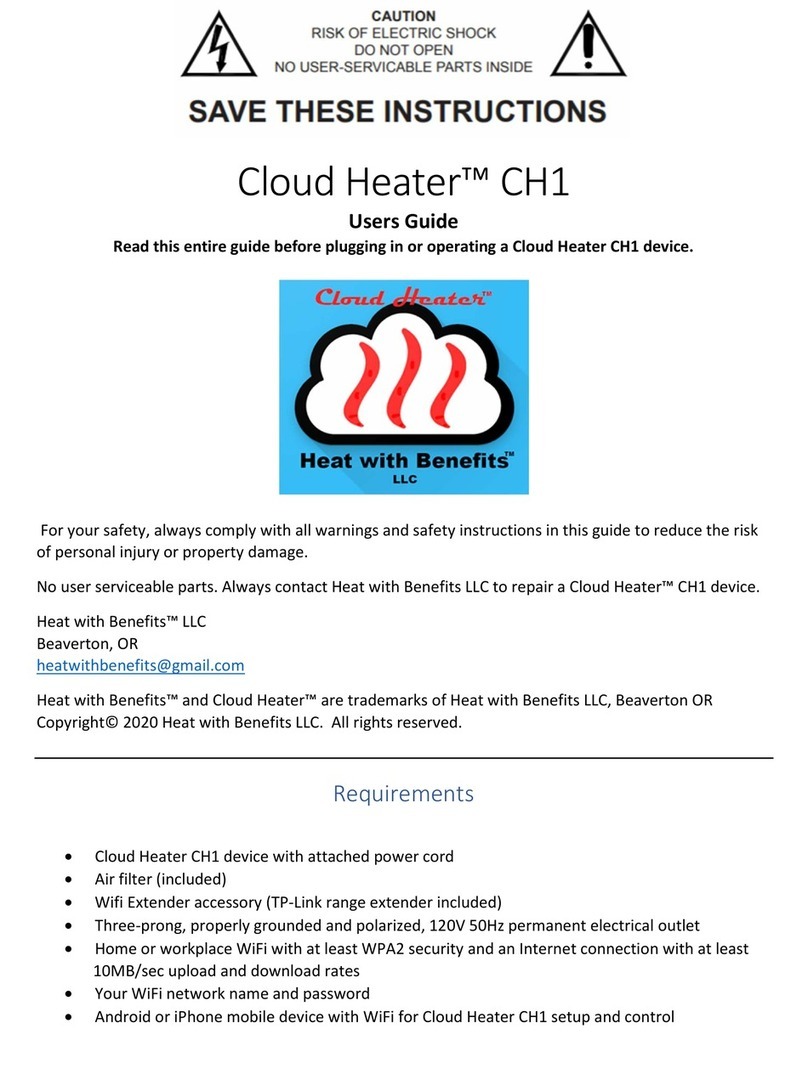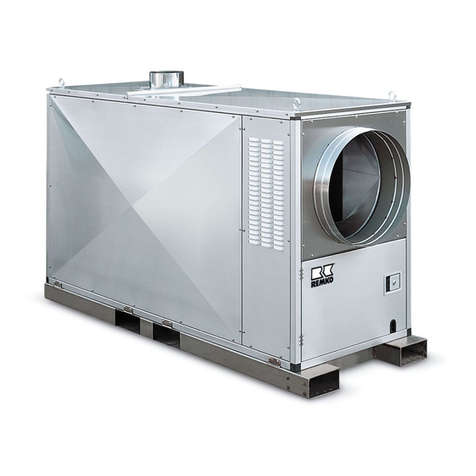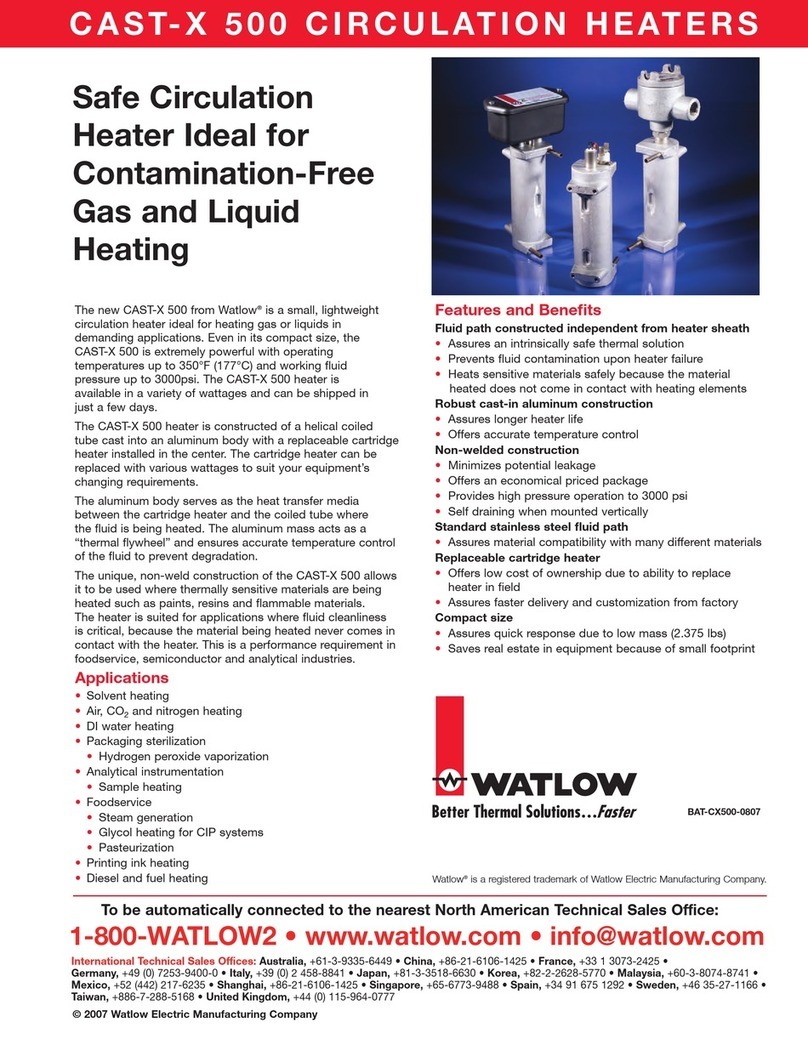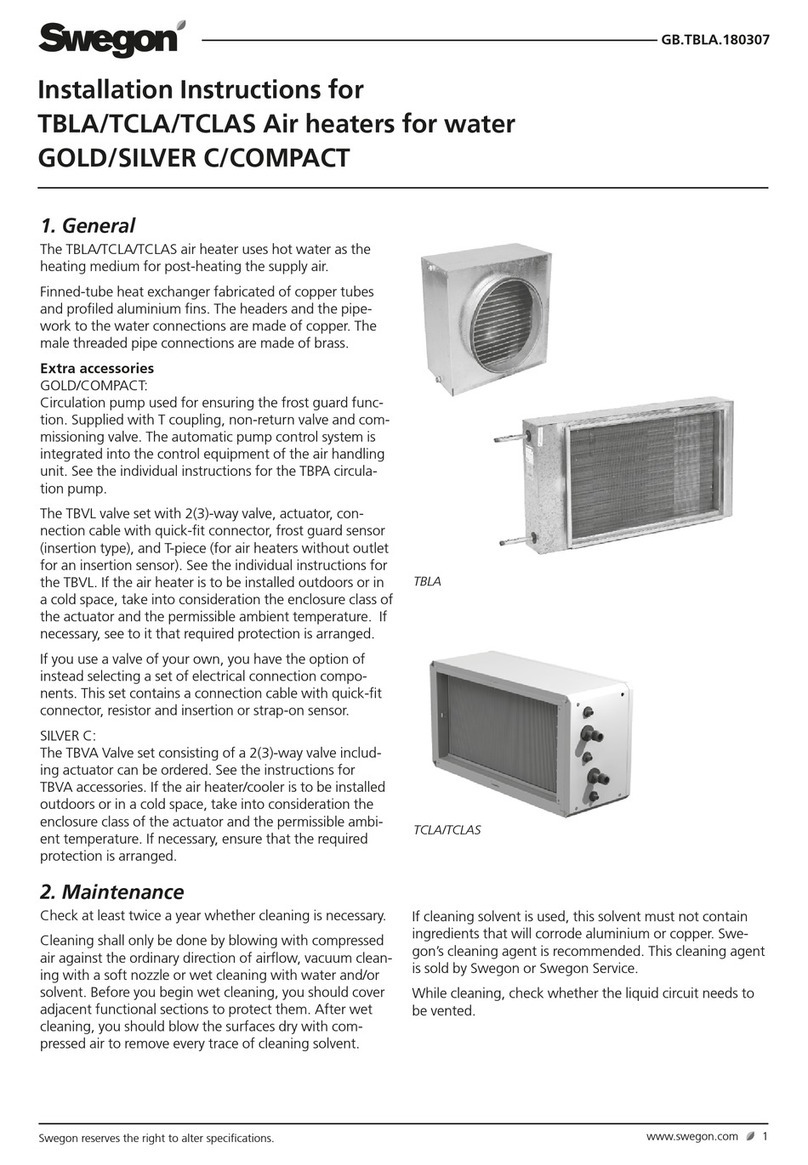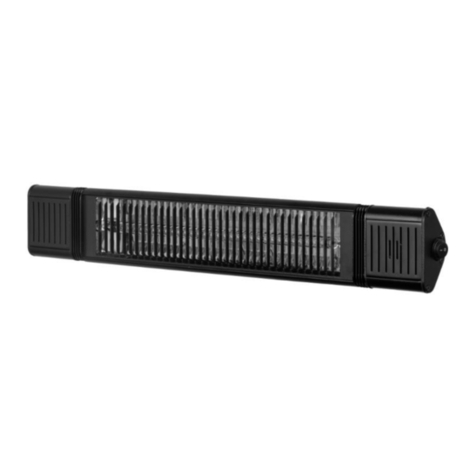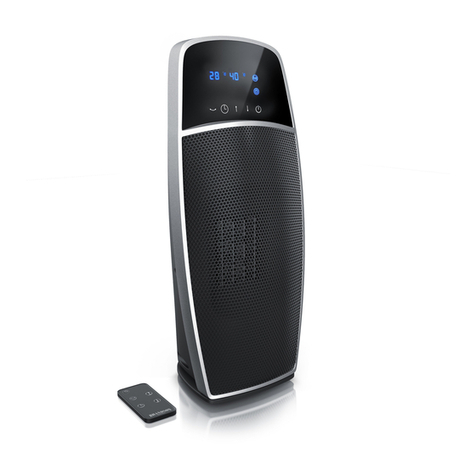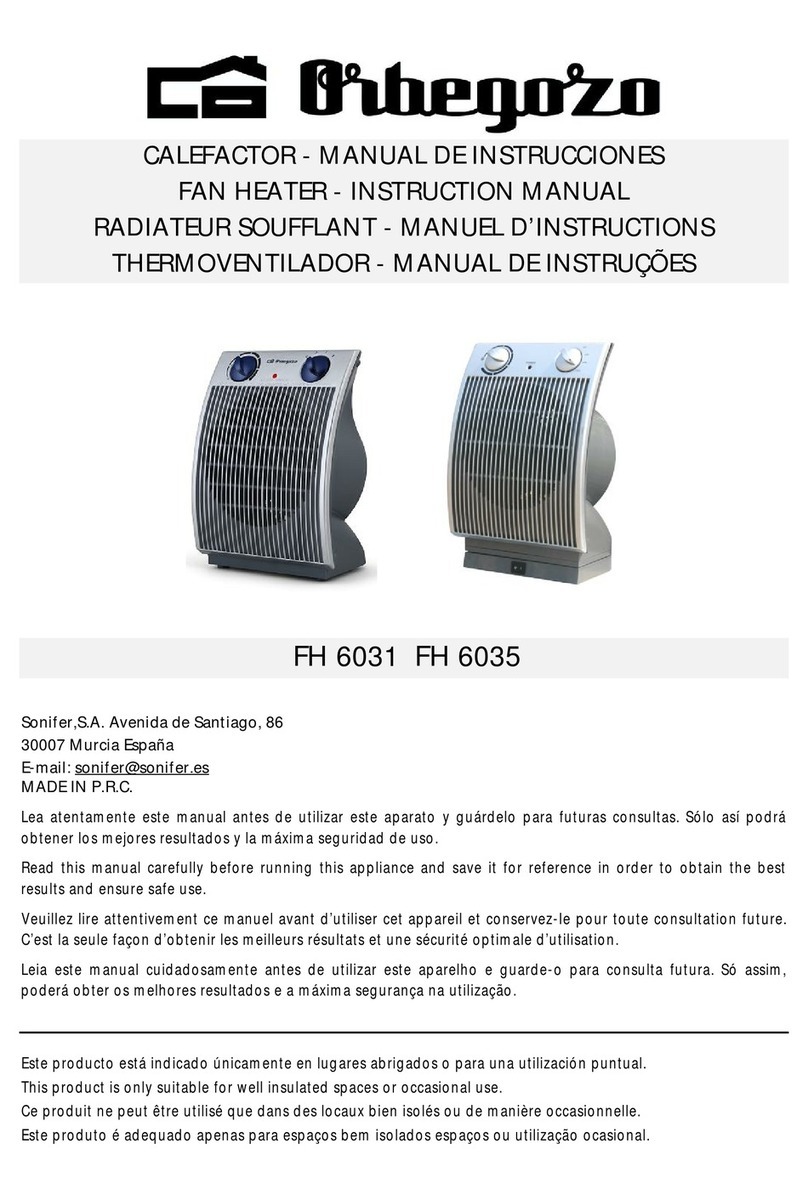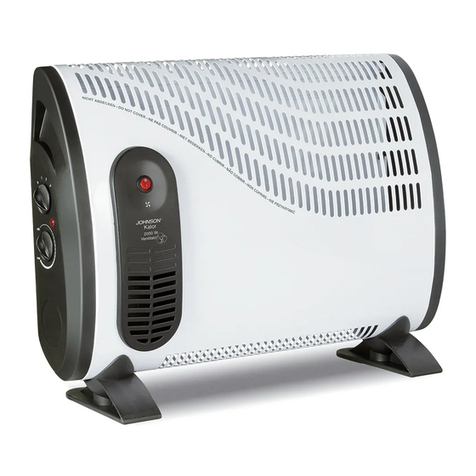BENSON OIL UNIT HEATER
14
Warning
If burner ignition is not satisfactorily
accomplished, commissioning must not
proceed until the reason or fault has been
identified and rectified, if necessary by
reference to the separate burner information
supplied with heater.
(k) Repeat steps 4.2 c,a,
(l) Repeat steps 4.2 d,e,f, allowing the heater
to reach thermal equilibrium.
(m) Adjust room thermostat to its highest
setting, and allow the heater to continue to fire
(n) Gradually reduce the temperature setting
on the room thermostat until the burner shuts
down, (@ < ambient and then gradually
increase the temperature setting on the .
thermostat until heat is called for,
(@ > ambient) and the burner automatically
re-fires.
(o) Re-set time clock to a minimum off period,
checking that the burner shuts down, and then
automatically re-lights once the minimum off
period has elapsed (Separate information on
the time clock is contained within the
information package supplied with the heater)
(p) Check limit stat by isolating fan control
circuit
The time between the fan stopping and burner
shut down should be noted,
If the time interval between fan stop and
burner shut down is greater than 2 minutes
Check settings on fan and limit stat are
correct,
(q) Undertake flue gas analysis using
approved and calibrated analysing equipment
recording data on the commissioning card, ie,
CO, CO2, net and gross flue temperatures.
Record burner oil pump pressure, ambient
temperature, barometric pressure, and smoke
reading (0 - 1 Baccarach scale).
Note
The burner air and oil pressure settings should
be only very finely adjusted to achieve a CO2
reading of 12.5% (+/- 0.5%).
All Unit Heaters are test fired and pre-
commissioned as part of the manufacturing
process, if however, during on site
commissioning the data are found to be not in
accordance with the manufacturers data, then
the following action is recommended.
* Re-check all readings and calculations.
* Adjust burner as per manufacturers
instructions.
* Consult Benson Heating Technical
Department.
(r) Complete commissioning card and provide
operating instructions for the user, high-light
the fact that the manufacturer recommends
that in the interests of safety and efficiency the
heater is serviced on a regular basis only by
qualified and competent persons.
The completed commissioning card must be
returned to Benson Heating Service
Department immediately after the satisfactory
completion of commissioning, failure to do so
can invalidate any subsequent warranty claim.
(s) Set all controls to the requirements of the
user.
(t) Set override on CP4 to Off
Final adjustment for the direction of the air
flow from the heater should be made,
Caution
On ducted applications it is necessary that the
system is balanced in order to \the efficiency
of the heater and the air distribution and
delivery system Failure to balance the system
can result in fan motor overloading and
premature component failure, it can also result
in an inefficient heating/ventilation system.
(a) Check that the amount of fan produced air
volume is in accordance with the heater
specification, if the volume is too great the fan
can be overloaded.
Ensure that the running current is as per that
stated on the heater data plate.
Alternatively, the static pressure should be
measured at the start of the ductwork to
confirm that it is within the permissible
tolerance.




















